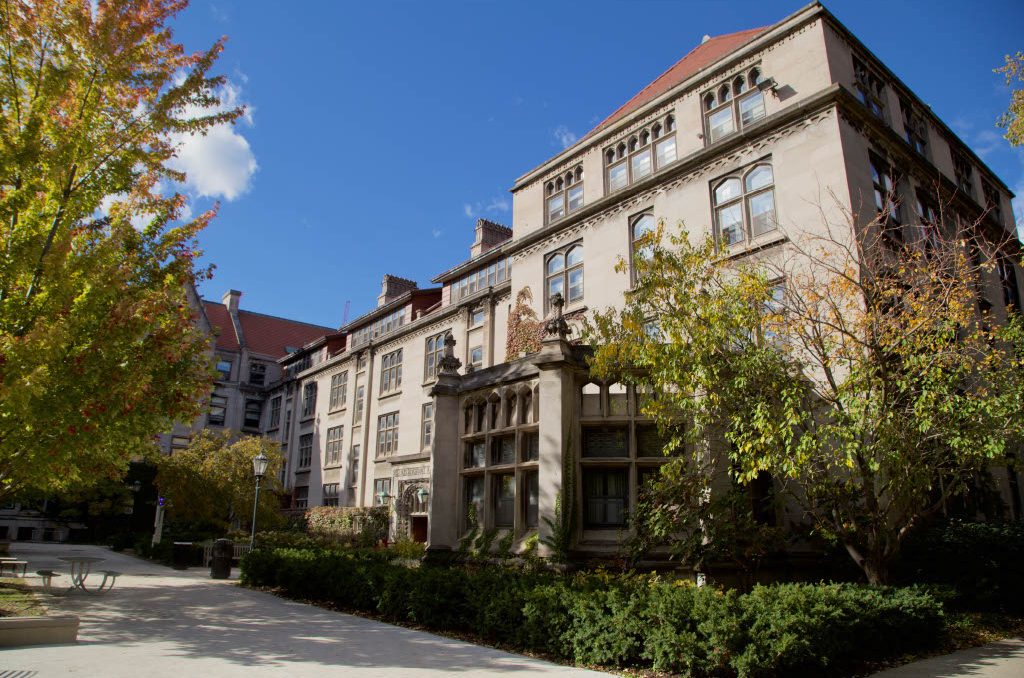My passion for bringing foreign films to the U.S. starts in the early 1990s, when I was in College at University of Chicago. I graduated from the College in 1994 with a degree in psychology, and in the process of earning my degree I learned the theories to explain my experience of growing up in two distinct and sometimes opposite cultures. I was born in the U.K. and came to the U.S. when I was four years old, but my parents were both raised in Southern India. The left India in the 1970s to pursue a better life for their family.
My upbringing was strongly traditional Indian—there was almost a distinct line drawn between the external world and home. When entering home we entered 1970s India. While this definitely had its rewards—with access to rich traditions in both cultures—it was also challenging. Growing up in two cultures without the tools to understand my situation was a lonely process.
Employees who work in corporations that require them to travel and work overseas receive extensive cross-cultural pre-departure training and, in some cases, further cross-cultural coaching while overseas to understand the cultural differences and how these differences may augment or conflict with their values and worldview daily. However, children who grow up in more than one culture do not have the benefit of this training, nor do their parents who are coming to a new land as immigrants.
My research since this time has largely been focusd on understanding my own experiences and to inform my decisions on the social and cultural contradictions I have and still confront; for example, whether to go along with the traditional and expected Indian route of arranged marriage, or to introduce something new to my family and find a partner on my own. This is one personal example, but, other differences exist that shape the individual, such as the power distance—or the way in which power is distributed—in the different cultures, and the focus on group versus individual decision making. These manifest subtly in day-to-day experiences, but there are few role models and little in media to reflect this hybrid, multicultural experience.
This makes the experience more challenging both for those experiencing it and for those involved with them. At its worst, anything that a child goes through normally, such as adolescent adjustment, is exaggerated when they are in a multicultural upbringing because there is little understanding of this process among their community, teachers, and counselors. Growing up, our school counselors and teachers did not understnd how we were being raised and why we were unable to participate in activities such as going to school dances or dating. It was uncomfortable to discuss with our peers who also did not understand why we could not do everything that they were allowed.
The most striking difference I noticed while travelling abroad in Europe and India was that in these places there is more internattional news and media coverage, which provide a global perspective of the world. This provides more organic and regular exposure to foreign cultures, whereas in the U.S. the media and TV programming is more limited to a focus on the U.S.A. only. To correct this problem there would need to be a demand from the public for a change in what is provided in the media, a change that could occur if the advantage of being exposed to foreign cultures was presented to the public.
I decided to return to a doctoral psychology program to focus on and contribute research to this area. Through my dissertation, I found that there is a resulting increase in creativity levels based on exposure to foreign cultures, measured in variables of fluency, originality, elaboration, and flexibility. This exposure could be in various forms such as upbringing, socializing with people from different cultures, visiting neighborhoods that are a different culture than one’s own, traveling to other countries, and exposure to foreign culture through media.
Hence my focus is on a cost-effective way to make foreign culture exposure easily accessible to individuals through media, namely films, and I am focusing on India as that is what I know most about so far. However, the stories I want to show are varied and more reflective of the vast content that reflects varied life experiences in India, rather than only focusing on traditional Bollywood films. I understand that introducing something new and foreign requires some processing, the extent to which is dependent on various factors such as their readiness to change and their prior exposure. So I am facilitating a discussion after the film screenings. At the University of Chicago, I’m starting with a special premiere screening at Doc films of the film Om Obama on October 25th, a comedy movie following a the story of a village in India praying for the victory of President Obama and preparing for his subsequent arrival.
I just want to add that this film distribution process I am doing in spirit with my late brother Vinod who passed away at the age of 28 in 2005. He was brilliant, loved travelling and exploring other cultures, and had many good suggestions on how we could work on bridging the cultural gap.
Nitha Fiona Nugabadi Psy.D. (A.B. ‘94, S.M. ‘03) majored in psychology and got her masters in computer science.







